Tracing Your Chinese Roots: Huaren Beginner’s Guide
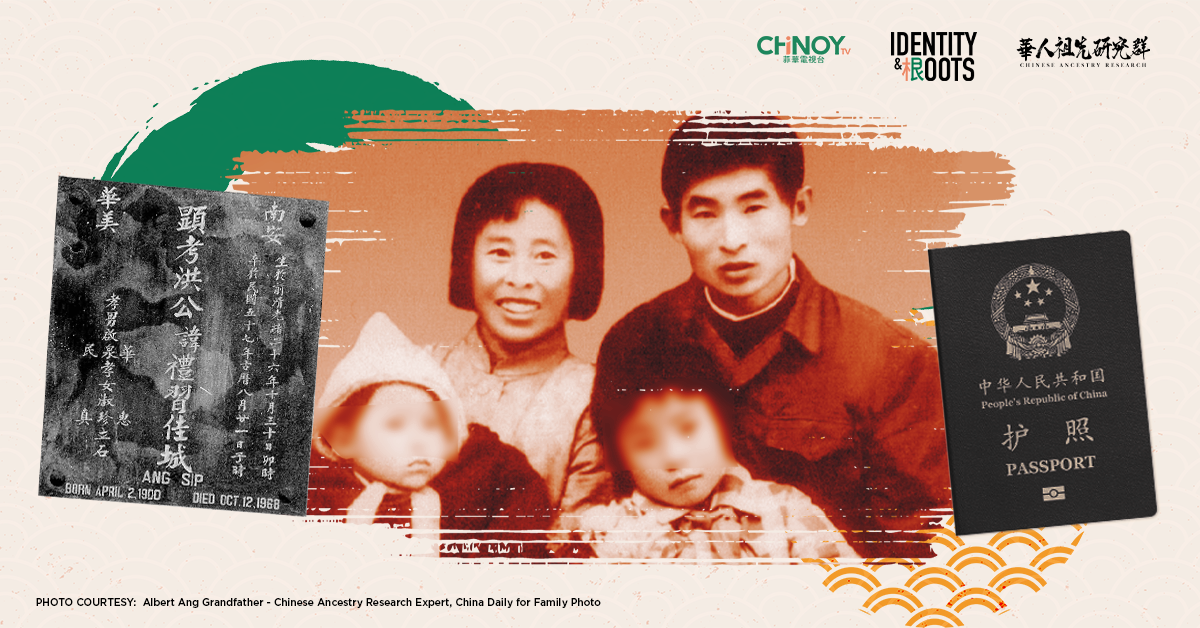
Back in high school, we had a subject called Zōng Hé 綜合 — or as we called it in Hokkien, “Zong Hap.” Directly translated, it means an integrated mix of topics, but what I remember most were the Chinese legends and history. It’s where I first learned more deeply about the famous Chang’e 嫦娥 and her connection to the Mid-Autumn Festival — and where I nearly cried trying to memorize the timeline of Chinese emperors and dynasties.
At the time, I didn’t appreciate it. History felt distant, abstract. Something that happened “a long time ago,” with little relevance to me, a Chinese-Filipino teenager just trying to pass exams. But as I’ve grown older, I’ve come to see things differently. The stories and names we inherit are more than just dusty footnotes in a textbook. They’re living traces of how we became who we are today. And now, I understand that we, Huaren 华人, though scattered across the world, are bound by something more than race. We are connected by memory, culture, and lineage—even if life has taken us down different paths.
That old realization came rushing back when I joined the Chinese Ancestry Research (CAR) Facebook Group, a global community led by Nathan Co that helps people of Chinese descent trace their ancestral roots. What I thought would be a quick project about Intercultural Conversations turned into a deep dive of reading through the many series.
I’m no expert — but the researchers in the Chinese Ancestry Research (CAR) group certainly are. Everything I’m about to share comes from their work and guidance. If you’re just starting your own search, don’t worry—you don’t need to be a historian, and you’re not expected to figure it all out alone. All it takes is a few key details and a genuine curiosity to uncover where you come from. Think of this as your own modern-day Zòng Hé 综合 class—only this time, the lesson is more personal to us.
Tracing Your Roots: The Essentials You’ll Need
Tracing your Chinese ancestry might sound intimidating at first, but it all starts with a few puzzle pieces—clues you likely already have or can easily uncover with a bit of digging. Whether through old photos, family heirlooms, or conversations with your elders, each piece brings you closer to the story of your lineage. Here’s what to look for:
Your Chinese Surname Holds Ancient Clues
The journey begins with your xìng 姓—your Chinese family name. Surnames are powerful clues. They’ve been passed down for thousands of years, long before writing systems were formalized. Even before the Shang dynasty, early tribes identified themselves through clan names, passed on through generations. Some of the earliest known surnames were later inscribed onto oracle bones during the Shang period, but tribes with clan names and other traditions had already been in place for centuries.
Surnames like Tián 田 (field) or Sūn 孫 (child + lineage) weren’t just identifiers. They were visual philosophies — kinship, labor, and legacy. Others, like Zhào 趙 or Wèi 魏, memorialize ancient states and the ancestors who once ruled them.
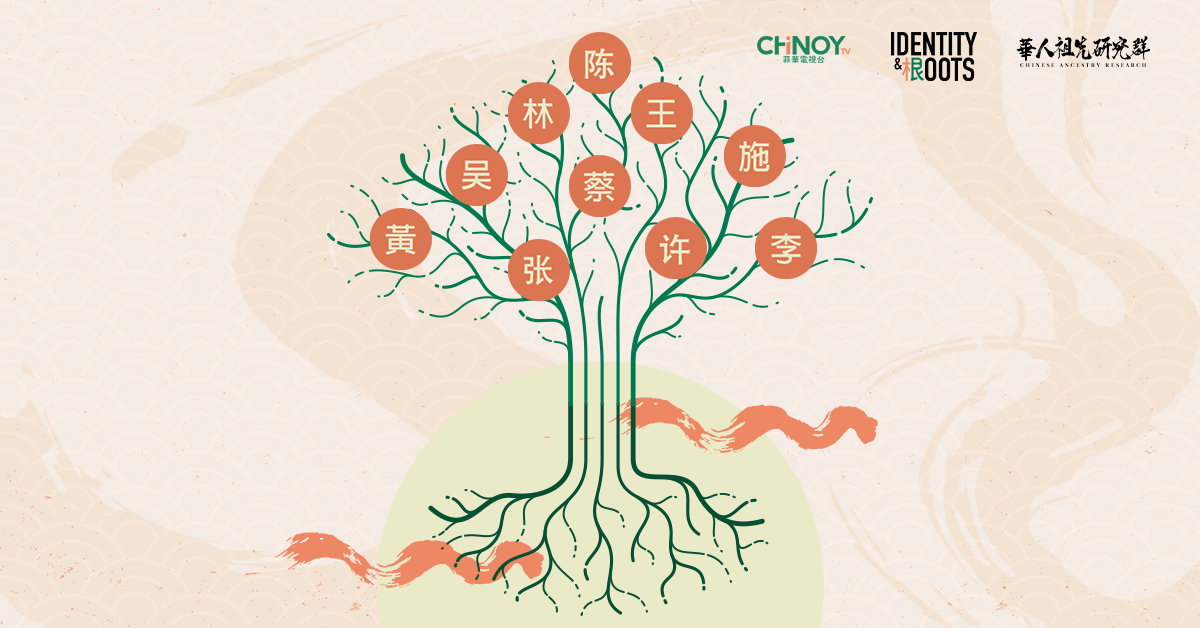
Credits to Why Chinese Names Matter (CHiNOY TV)
So, what does your surname say about your roots? Could it point to a lost kingdom, a vanished village, a forgotten war? In the CAR group, members often discover that they share a common ancestor based on surnames alone—and from there, the trail opens up.
What Gravestones Can Reveal
Start with gravestones. They’re often the most accessible, yet overlooked, records within the family. In many Chinese traditions, tombstones don’t just mark a resting place; they preserve identity. You’ll often find the full Chinese name engraved in a specific structure.
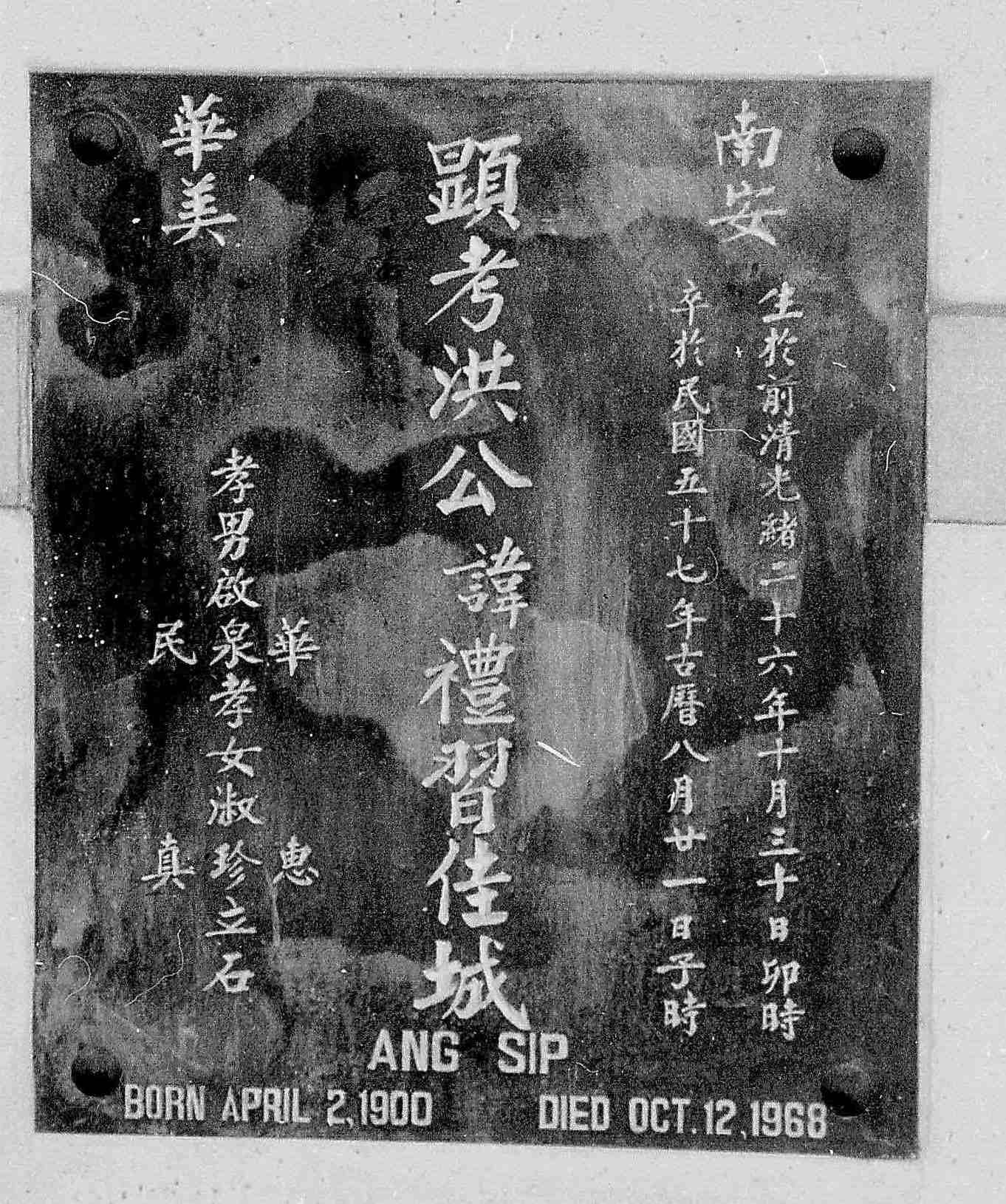
Photo Courtesy of Albert Ang, Chinese Ancestry Research expert.
Gravestone inscriptions typically include the ancestral hometown — not necessarily one’s birthplace; the names of descendants in order of birth, and specific honorifics or markers that reflect the individual’s generation number, social role or clan affiliation. You might encounter terms like 顯考 (xiǎn kǎo), referring to a deceased father, or 諱 (huì), used before a taboo name out of respect for the departed. While these markers may seem unfamiliar at first, they’re deeply rooted in historical practice and can offer meaningful clues. I remember standing in front of my grandfather’s tombstone, struck by how much was carved into a few square feet of stone. I hadn’t realized until then that a grave could hold not just a name, but an entire lineage waiting to be traced.
That said, interpreting these details isn’t always straightforward. Regional variation, personal choices, and evolving naming customs mean that not every tombstone will follow the same pattern. Some include poetic references, while others might indicate only the wife’s clan name rather than full name.
If you’re unsure how to make sense of what you see, take a clear photo and ask for help. In communities like the Chinese Ancestry Research (CAR) group, volunteers have experience decoding the structure and characters found on tombstones. Even a partial name or character can point you in the direction of clan books, ancestral hometowns, or generational charts.
Beyond gravestones, you can also find valuable fragments in heirlooms: old documents, prayer slips, wedding invitations, or even handwritten Chinese names on business cards. These small clues, when pieced together, may lead to greater discoveries about your ancestral line.
The True Meaning of “Ancestral Hometown 祖籍”
Your ancestral hometown—known in Chinese as Zǔjí 祖籍 or Jíguàn 籍貫 (spelling of Jíguàn has been corrected)—refers to the village or town in China from which your forebears originated. This doesn’t always match the birthplace nor where they last lived before migrating. For many, their roots go back to a specific village where an ancestor settled, sometimes still remembered in clan maps and genealogical records.
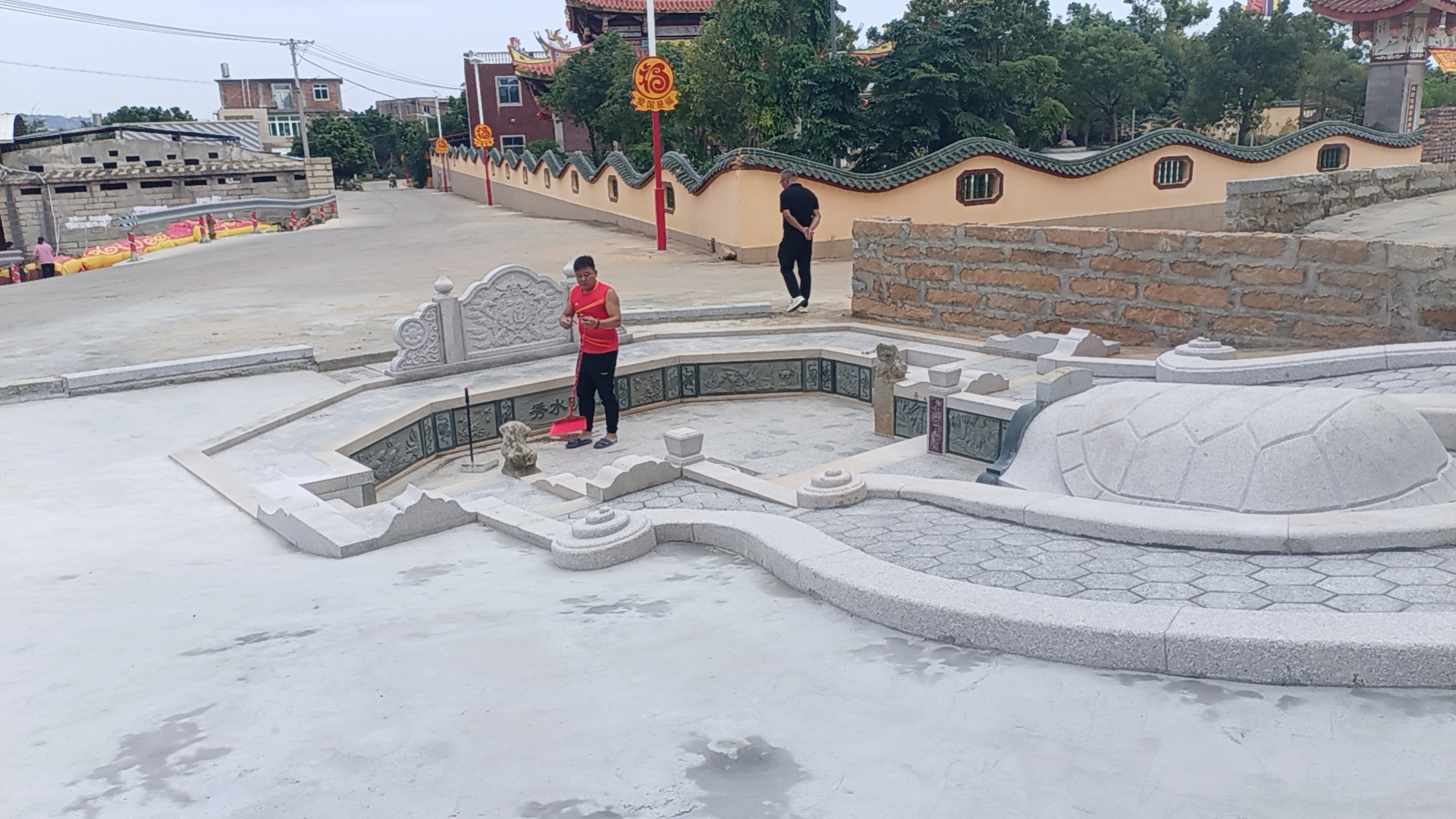
Credits to Nathan Co from Chinese Ancestry Research Facebook Group
You might find this information on old gravestones, in oral family stories, or even in the family’s ancestry books. Once you have a village name, even an approximate one, you can begin mapping it. The CAR group has connected members to towns in Fujian, Guangdong, and beyond—some even finding distant relatives still living there.
If you’re lucky, local museums or clan associations can help. In one case, the Quanzhou History Museum of Overseas Chinese 泉州华侨历史博物馆 confirmed his family’s ancestral village and sent back a lineage chart that stretched across generations.
Forgotten Photos, Priceless Clues
Old photos, especially those showing gravestones, ancestral halls, or ceremonial events, can be priceless. They often contain Chinese characters that experts can use to identify lineage or decode location details.
Household registers, ancestral charts, clan records, and even annual association books—often published by surname associations—can all be valuable sources. These documents might list names across generations, ancestral hometowns, or even migration histories. Even if they’re incomplete or fragmented, each small detail can help fill in the larger picture of your family’s lineage.
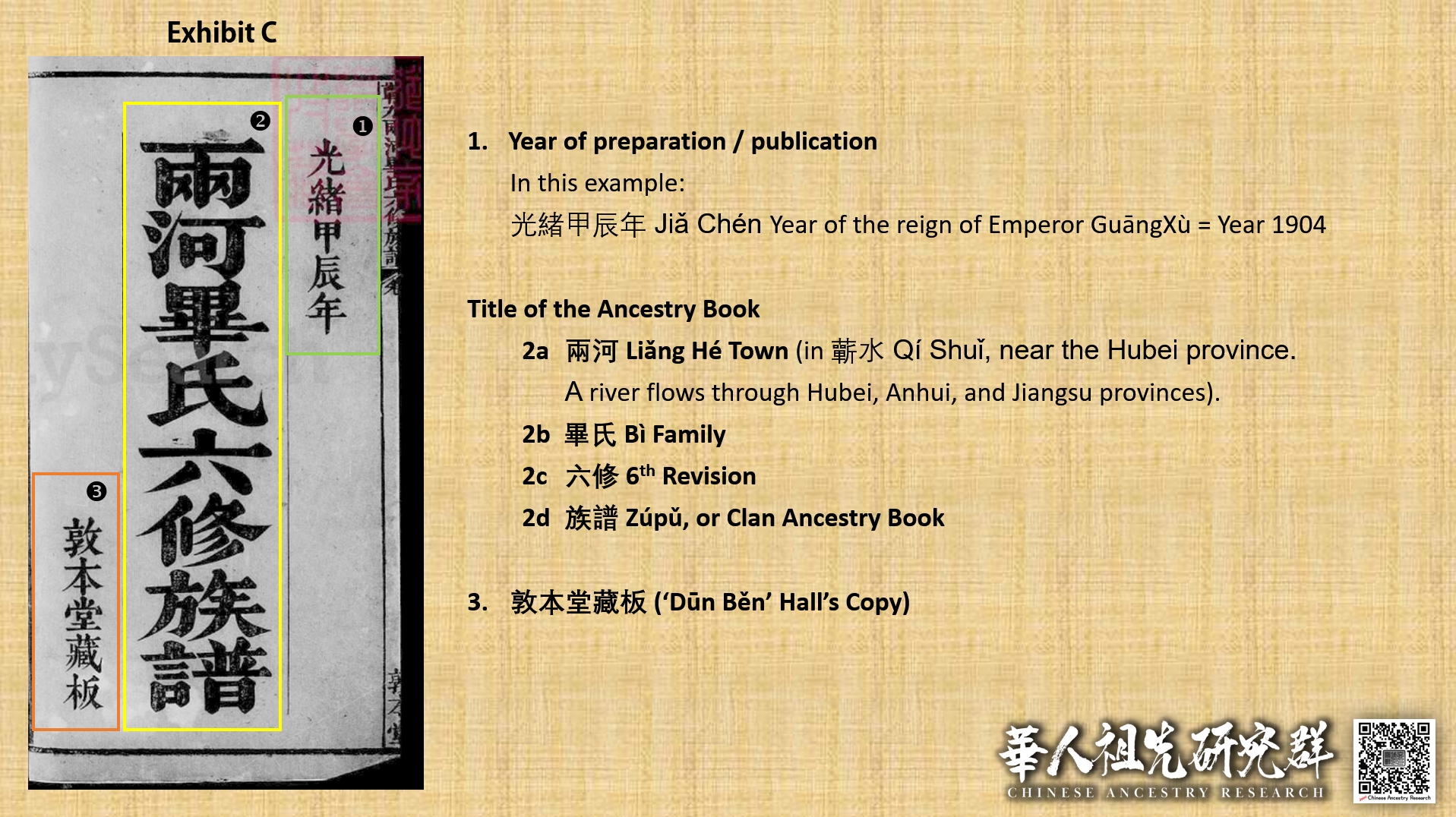
Credits to Nathan Co from the Chinese Ancestry Research Facebook Group
Nathan once shared how a single photo of a tombstone helped reconnect a family with their 26th-generation clan from Fujian. Sometimes, even a handwritten Chinese name on an old passport can lead you back to a village.
Curiosity Is the Spark
And finally — perhaps most importantly — you need curiosity and the will to take that next step. Start by talking to your oldest living relatives. Ask them what they remember. Take notes. Record voice memos or videos if you can. Snap photos. Because once the trail goes cold, it’s often incredibly hard to pick up again.
In Chinese culture, remembering your ancestors is a form of xiào 孝 or filial piety. It’s a way to honor those who came before you, even if you never met them.
And shrug off the notion that this search is only for those who speak fluent Chinese or grew up steeped in tradition. As Nathan beautifully said, “You’re Chinese enough the moment you care enough to ask.”
When History Leads to Home
We often think of history as distant—just dynasties, emperors, and legends memorized for exams. But those stories have quietly trickled down into our own families, carved in gravestones, echoed in generational names, and carried across seas by those who came before us. Everything that transpired—every conquest, migration, and poem—shaped the heritage we carry today. And though we Huaren 华人 may not know each other personally, we are bound by the same history. This shared origin unites us, even as time has scattered us across continents, divided into kinships and patrilineal lineages.
Genealogy is not only about tracing names on a chart. It’s also about recognizing that your lineage is not random. It is a continuation of a collective memory: the product of ancestral effort, sacrifice, and intentional record-keeping. It is history made personal. To understand your family’s place in it is to understand that you are part of a larger, intricate mosaic—a diaspora of living stories.
As we begin the journey of tracing our roots, we don’t just recover names. We recover our connection. And sometimes, we recover a sense of home we didn’t even know we were missing.
In a way, maybe this is the real Zòng Hé 綜合 lesson we needed all along — not one about emperors and dynasties, but one that teaches us our family’s place in history. And this time, we’re not just studying the past. We’re reclaiming it.
References:
- Co, N. (2023, September 6). Chapter 2: You Only Need 3 Pieces of Information to Trace Your Chinese Roots. Chinese Ancestry Research. https://www.facebook.com/groups/412082416241916/permalink/1482410075875806/
- Co, N. (2023, September 10). Chapter B05: The Ancestor’s Profile. Chinese Ancestry Research. https://www.facebook.com/groups/412082416241916/permalink/1486963665420447/
- Co, N. (2023, October 30). Chapter A03: Unlocking the Secrets of Turtle-Back Tombs. Chinese Ancestry Research. https://www.facebook.com/groups/412082416241916/permalink/1517174982399315/?mibextid=zDhOQc
- Co, N. (2023, September 17). Chapter A01: Spiritual Echo Reconnection with Ancestors. Chinese Ancestry Research. https://www.facebook.com/groups/chineseancestryresearch/permalink/1491291408321006/?rdid=uumWq32ft19kjQB2#
- Chinese Ancestry Research Facebook Group: https://web.facebook.com/groups/chineseancestryresearch
About the Author

About the Editor

